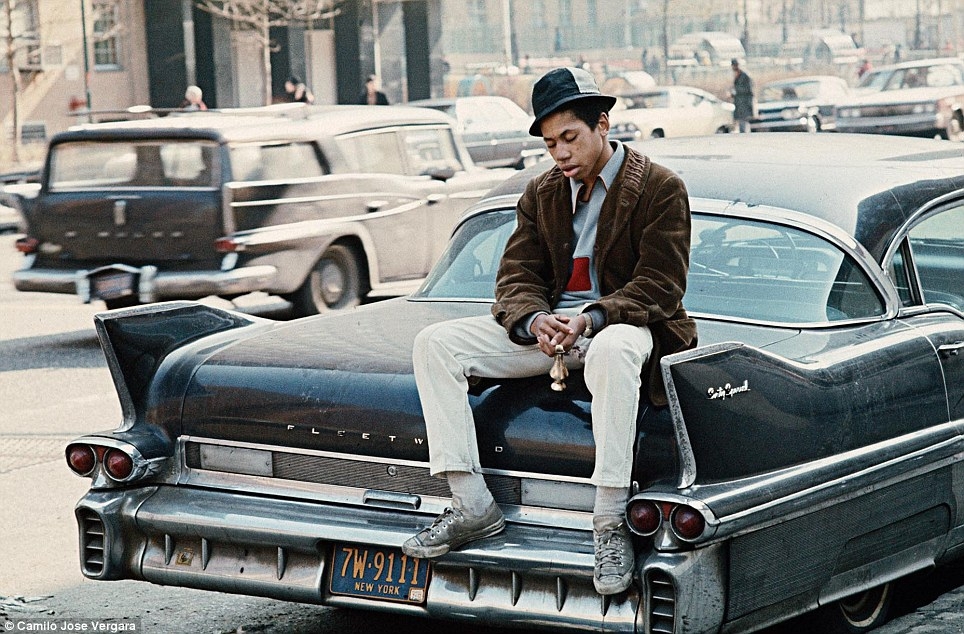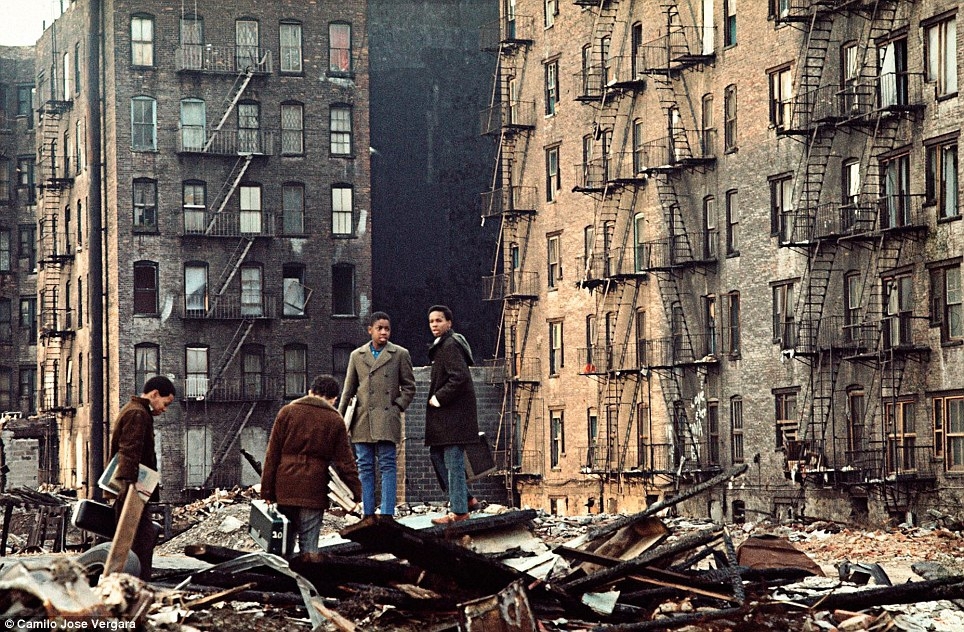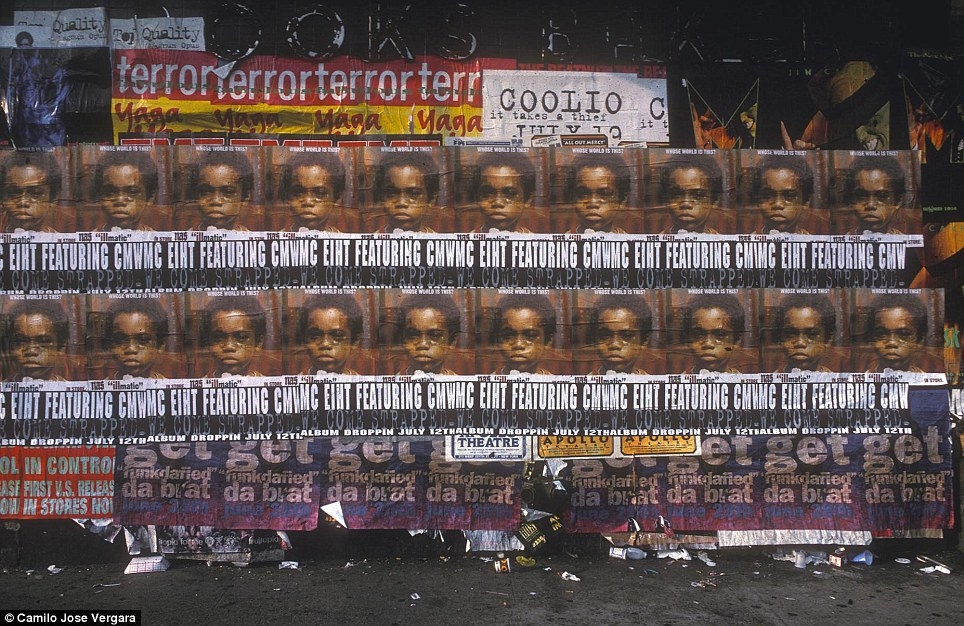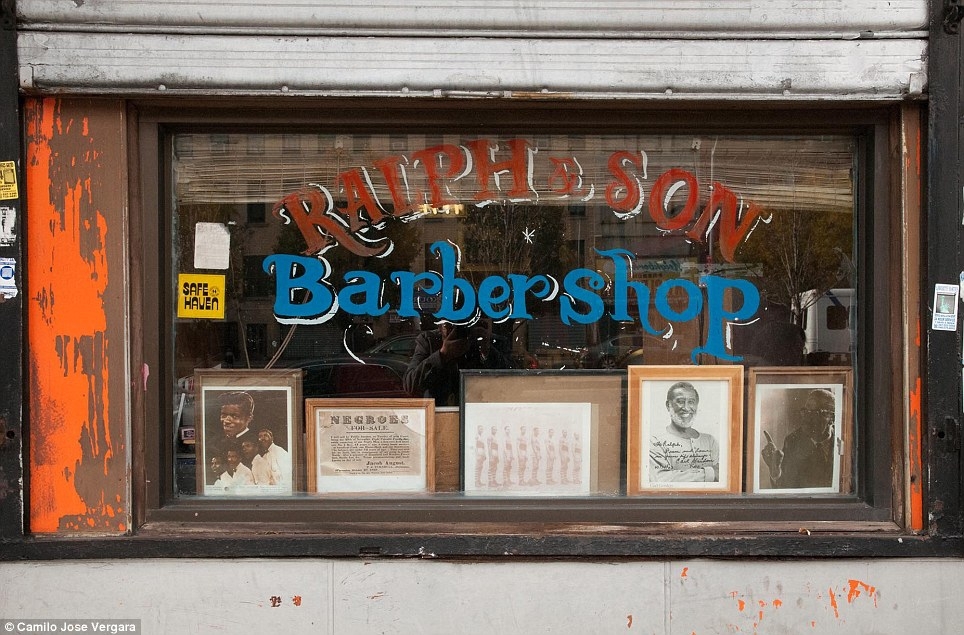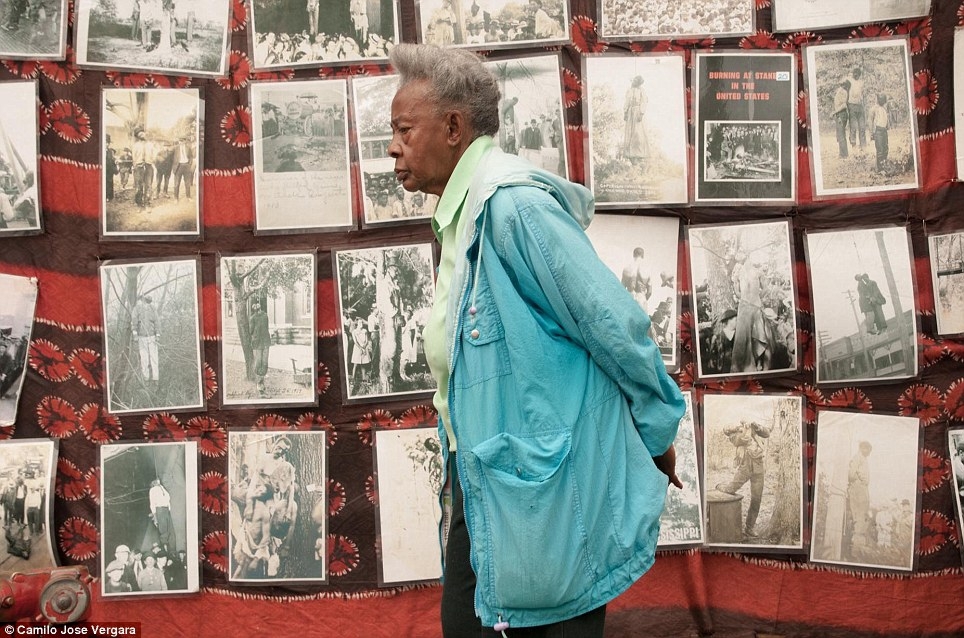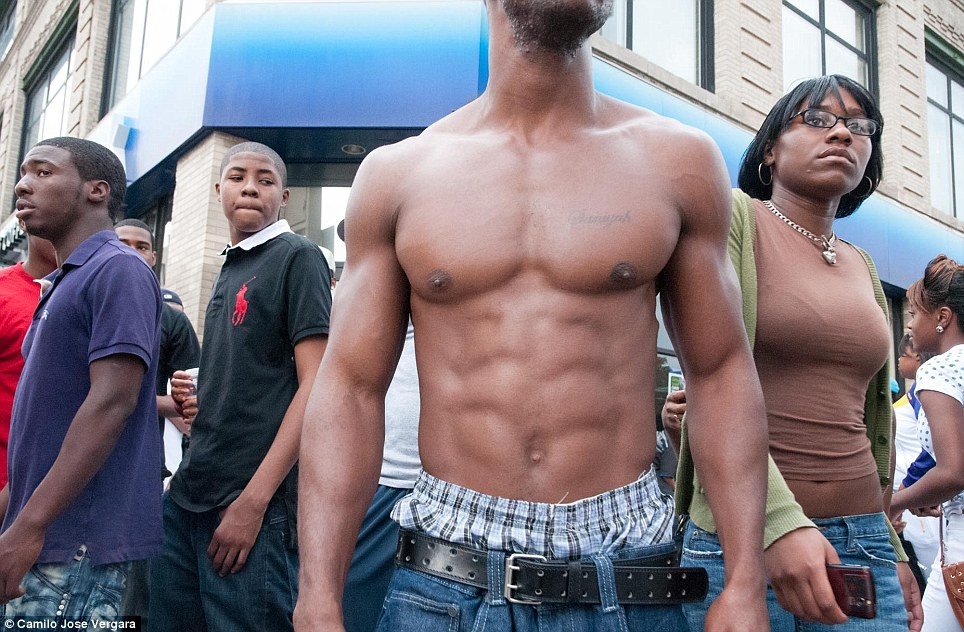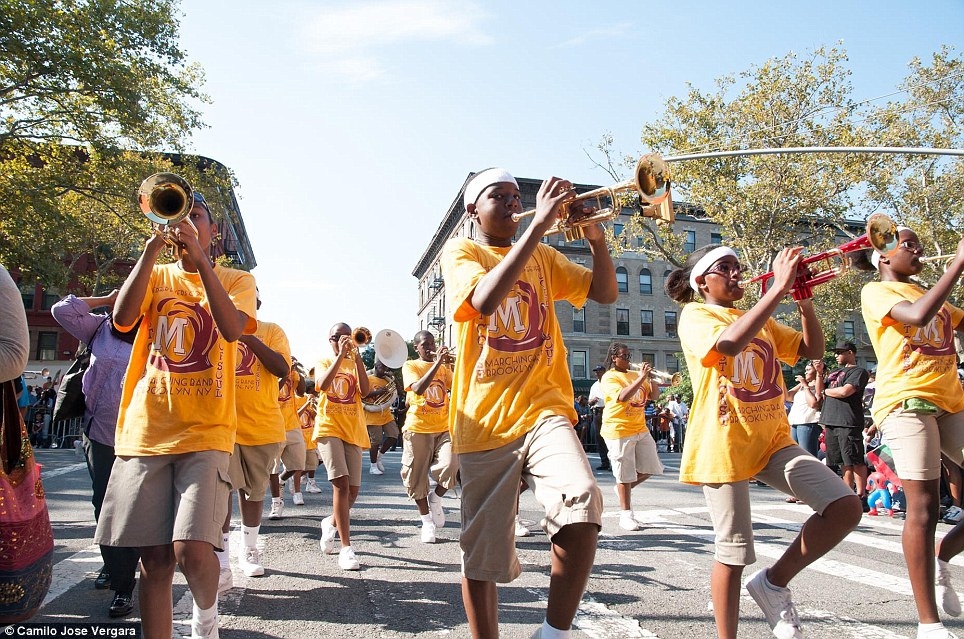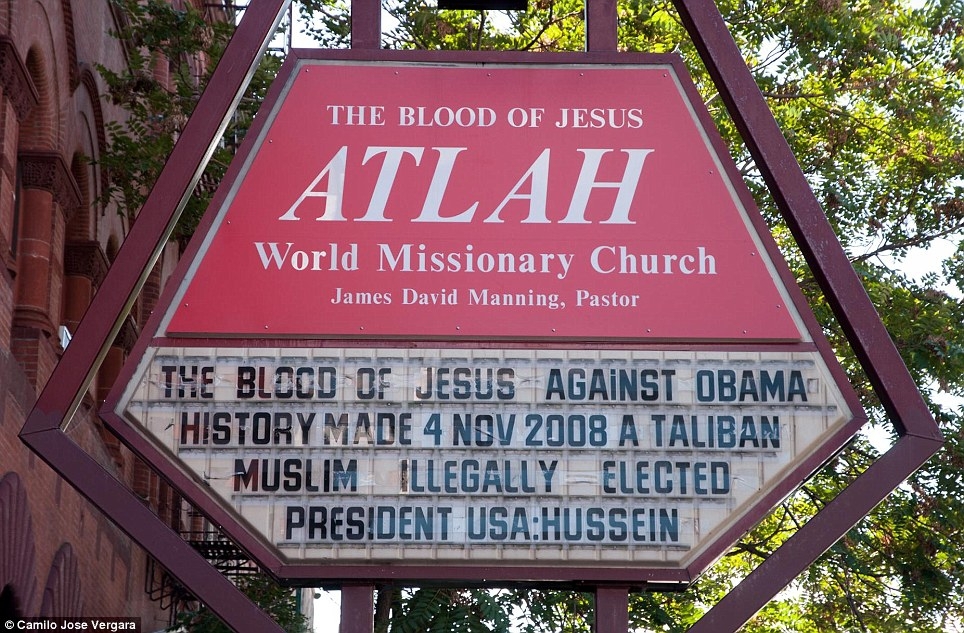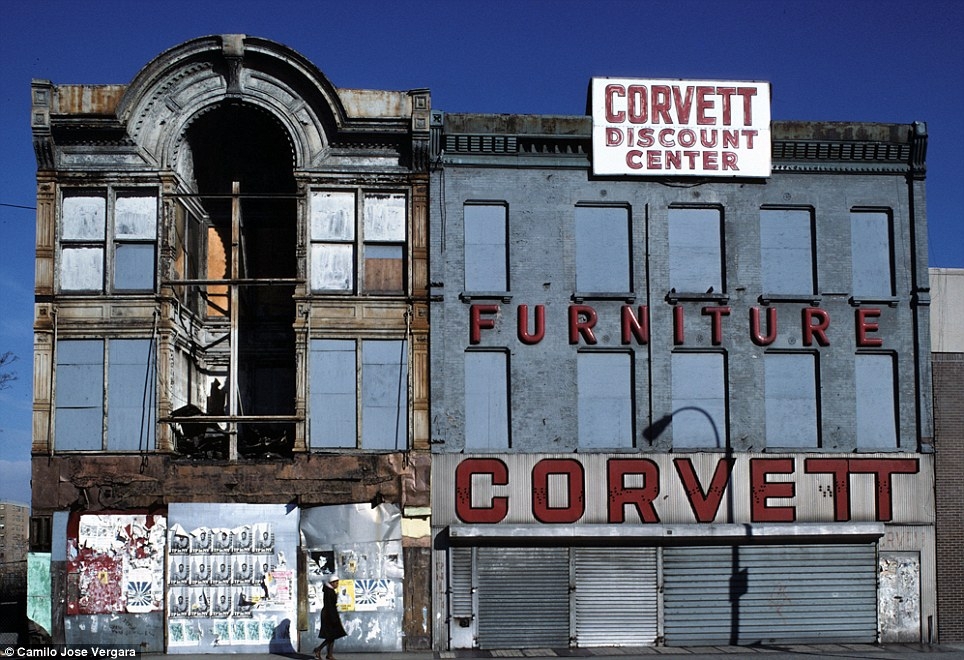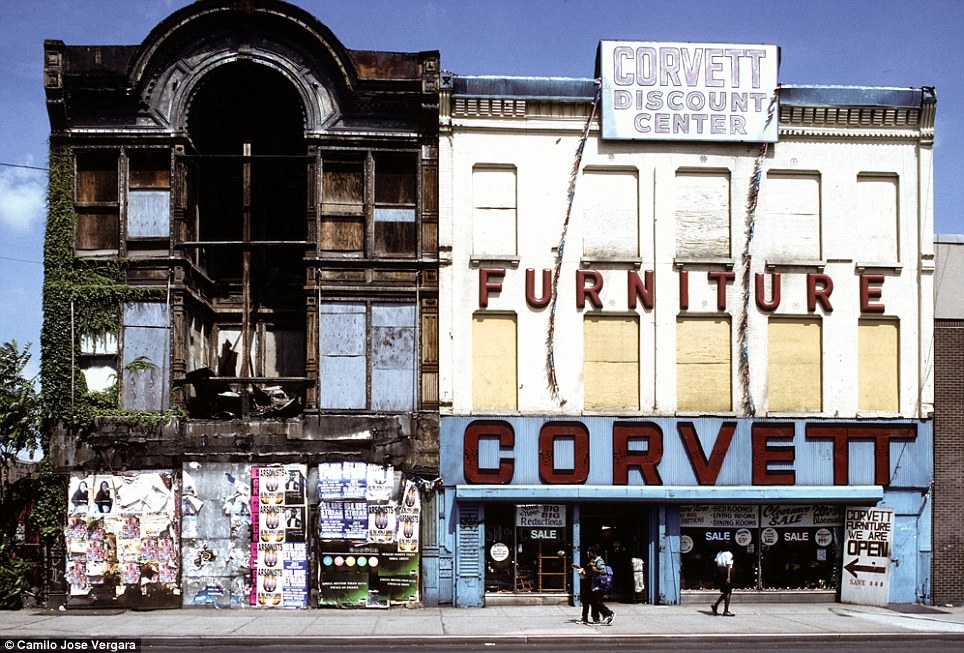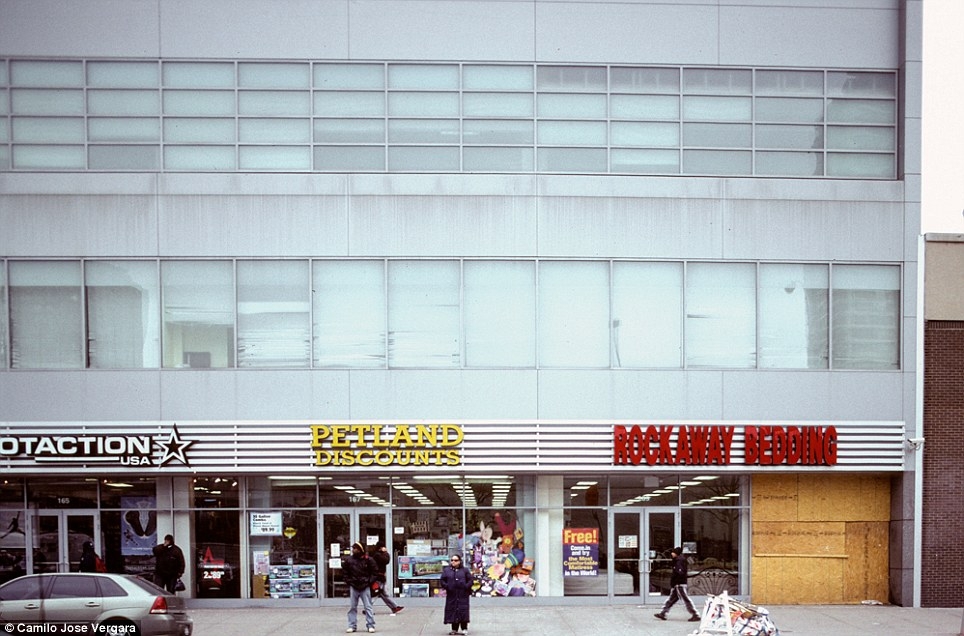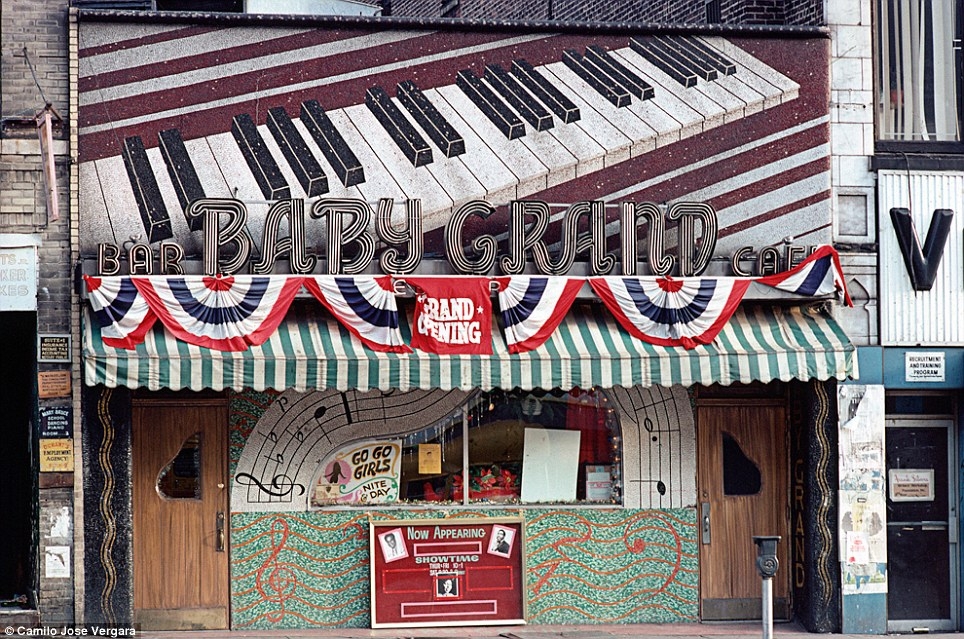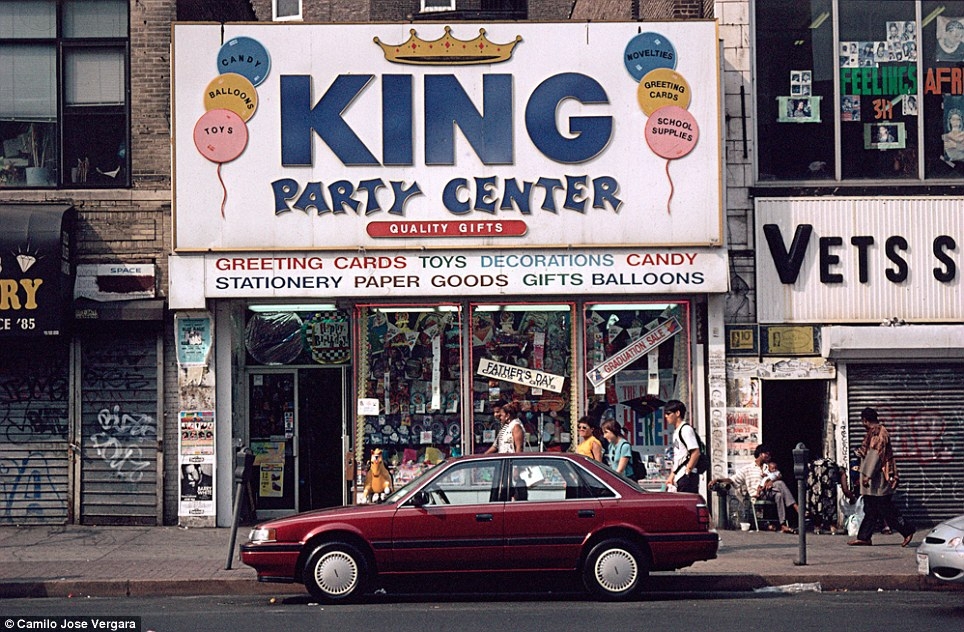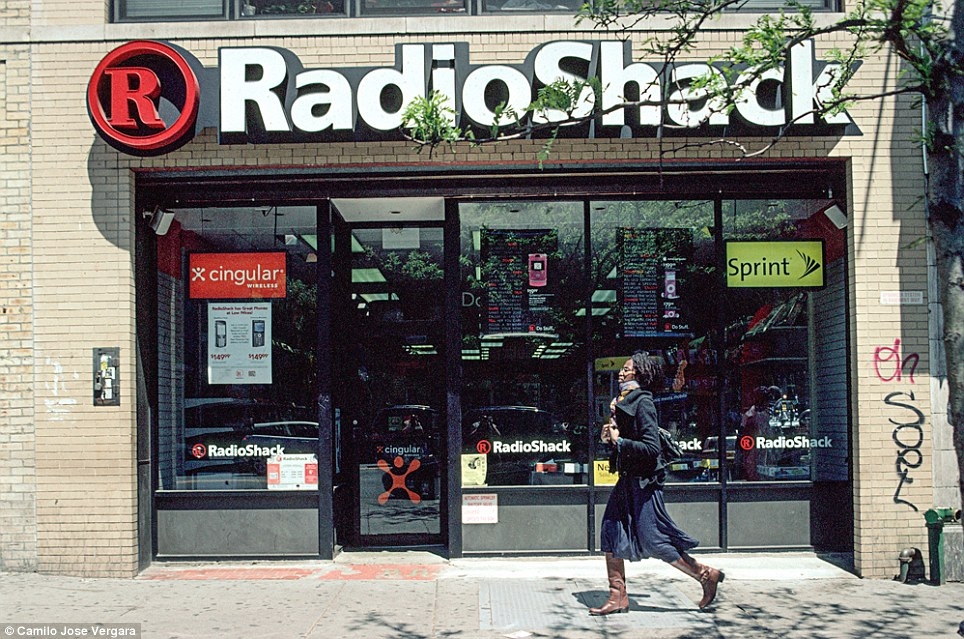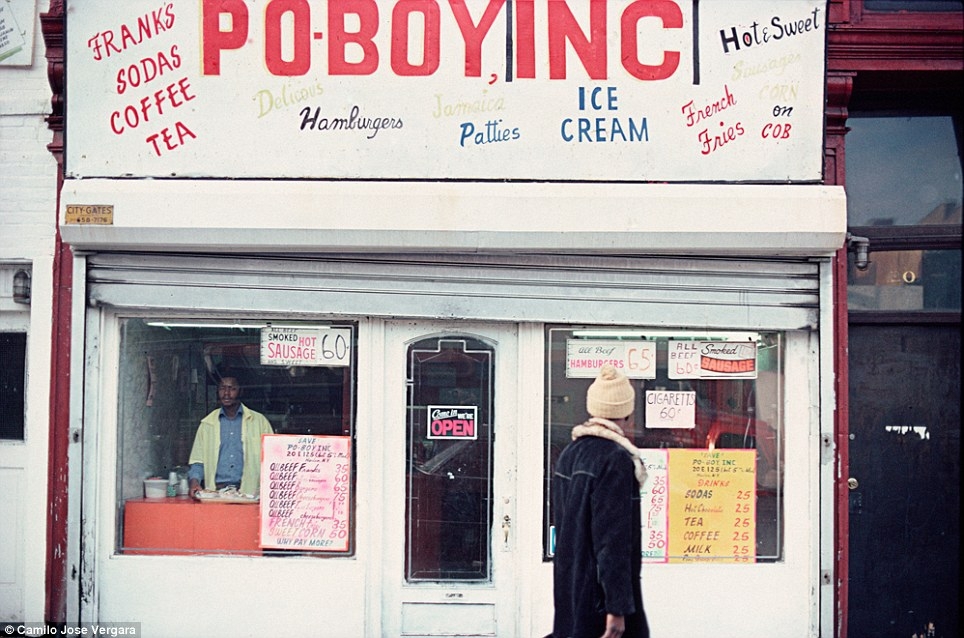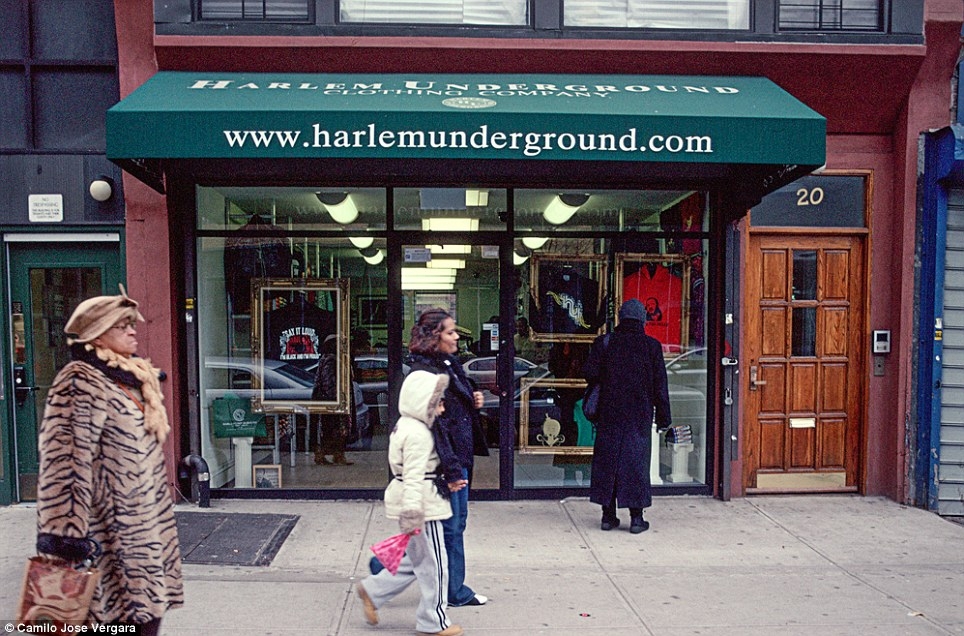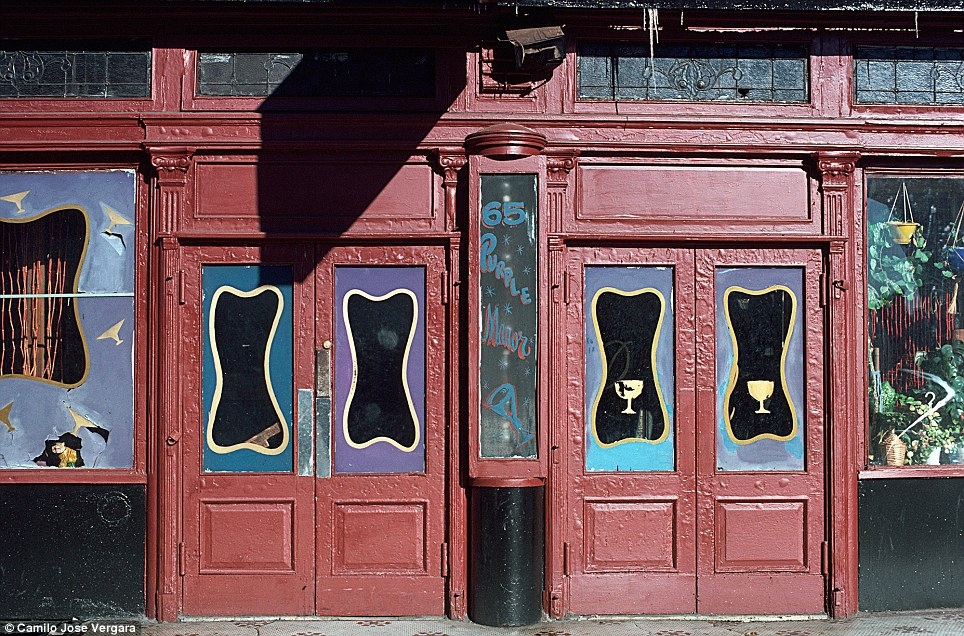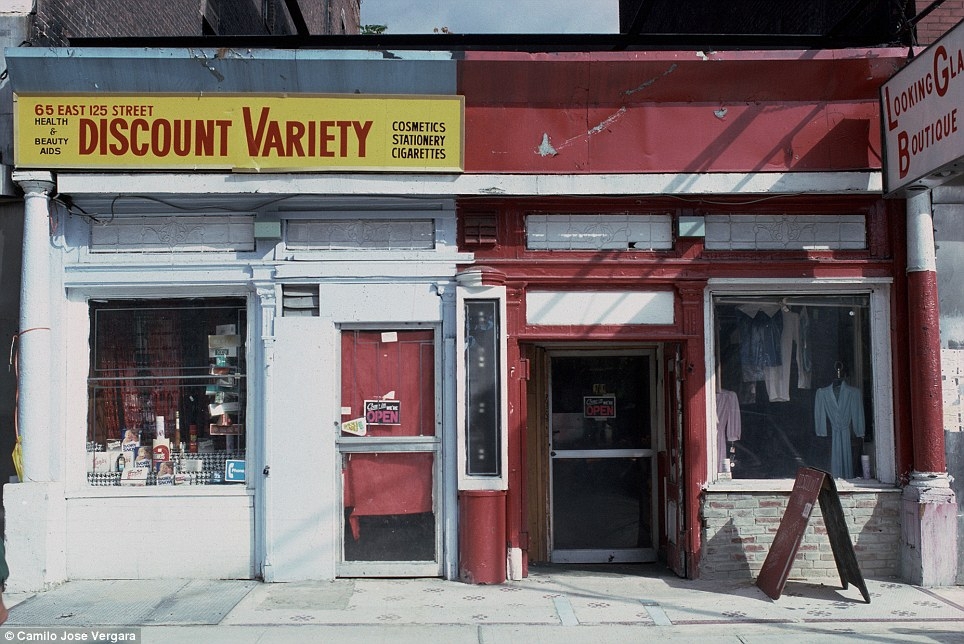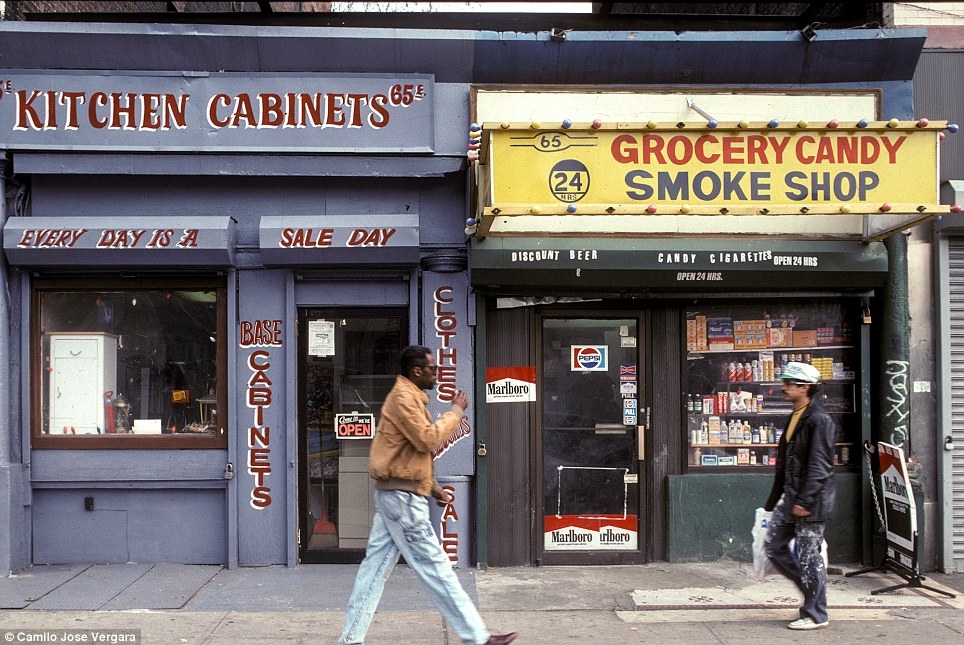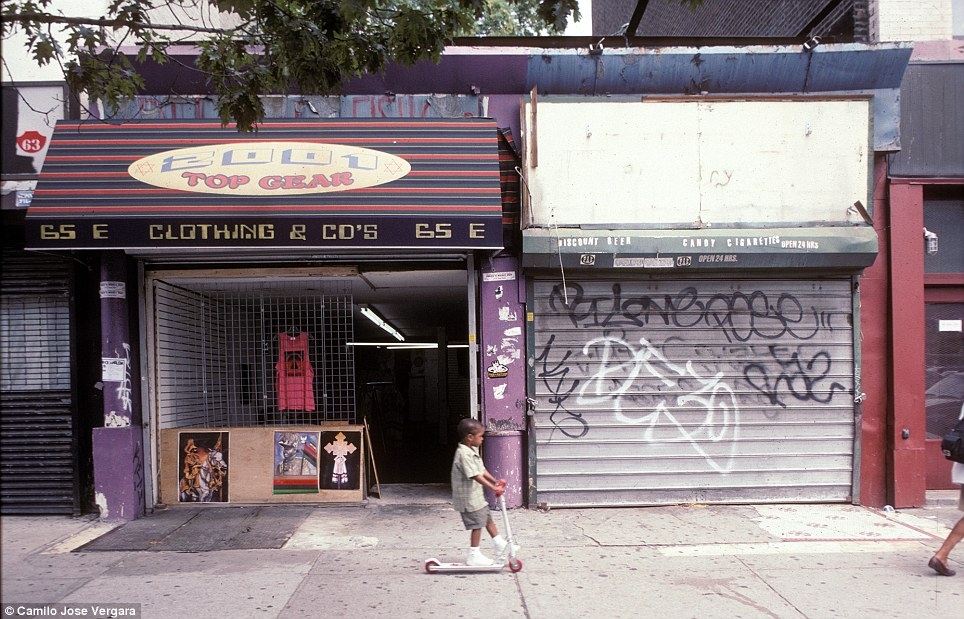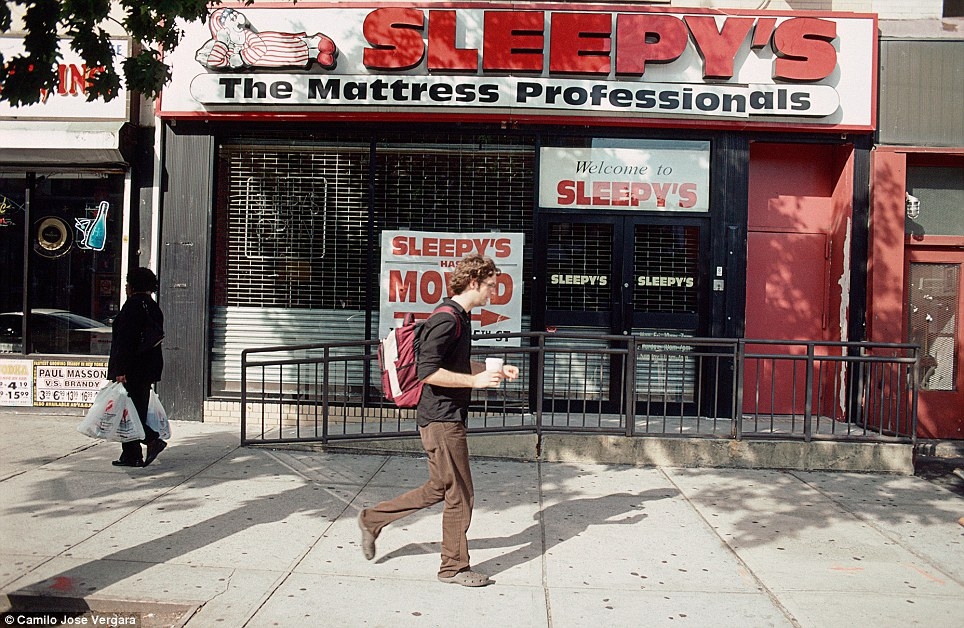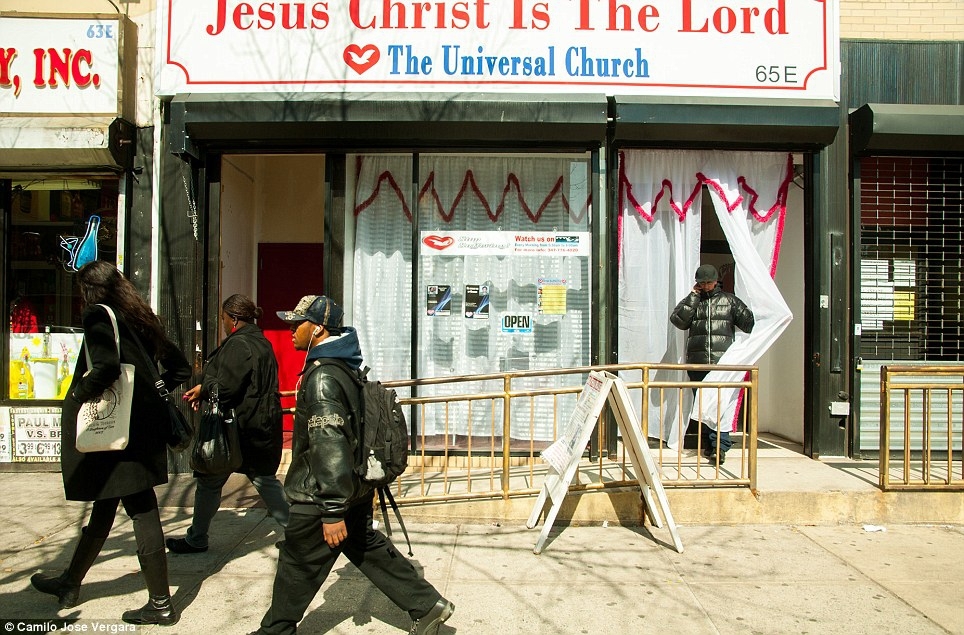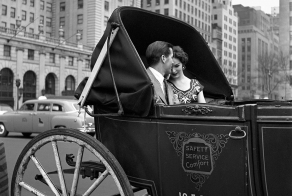26
22
The award-winning photographer Camilo José Vergara has walked the streets and chronicled Harlem for forty-three years.
Camilo José Vergara began photographing an almost bankrupt New York City in 1970. Living and working in Harlem, at first, his aim was to document the gradual collapse of this inner city community, but things were about to take a turn for the better.
Instead of witnessing the slow decline of New York's most famous neighborhood with depopulation and decaying streets, Harlem performed an incredible u-turn.
In today’s Harlem, luxury co-ops and condos stand on what were recently empty lots serving as unofficial junkyards and garbage dumps. City blocks that were once renowned for their violence and the illegal drug trade are now among the most prosperous, safe sections of Harlem.
Instead of witnessing the slow decline of New York's most famous neighborhood with depopulation and decaying streets, Harlem performed an incredible u-turn.
In today’s Harlem, luxury co-ops and condos stand on what were recently empty lots serving as unofficial junkyards and garbage dumps. City blocks that were once renowned for their violence and the illegal drug trade are now among the most prosperous, safe sections of Harlem.
Fifth Ave. at 110th St. E. Harlem 1970: At first, his mission was to document the gradual collapse of this inner city community. But the neighborhood refused to play the role he expected
113 E. 125th St., Harlem, 1994: The residents of Harlem taught him that the destiny of depopulated, decaying neighborhoods is not simply a story of continuous decline, culminating in a return to nature
431 Malcolm X Blvd., Harlem, 2010: In today's Harlem, luxury coops and condos stand on what were recently empty lots serving as unofficial junkyards and garbage dumps
260 West 125th St., Harlem, 2010: Blocks characterized by violence and the illegal drug trade are now among the most prosperous, safe sections of Harlem
West 125th St. at Adam Clayton Powell Blvd., Harlem, 2010: For more than a century, Harlem has been the epicenter of black America, the celebrated heart of African American life and culture
Medgar Evers College band, African American Day Parade, W. 136th St. at Adam Clayton Powell Blvd., Harlem, 2010: Harlem has also been a byword and symbol for the social and economic problems that have long plagued inner-city neighborhoods: poverty, crime, disinvestment, and decay
167 E. 125th St. in 1980, Harlem: The Unmaking of a Ghetto is at once an unprecedented visual record of urban transformation and personal exploration
167 E. 125th St., Harlem, 1999
2007
319 West 125th St., Harlem, 1977: Some areas decline as longtime businesses give way to empty storefronts, graffiti, and garbage, while others gentrify with corporate chain stores competing with local mom-and-pop enterprises
319 West 125th St., Harlem, 1996: Vergara successfully captures the ever-vital street life of this densely populated neighborhood
319 W. 125th St., Harlem, 2007: Woven throughout Vergara's images are his own accounts of his years of photographing Harlem
20 East 125th St., Harlem, 1977: His images and words narrate a story of a Harlem and its residents navigating the segregation, dereliction and slow recovery of the closing years of the twentieth century and the boom and racial integration of the twenty-first century
2007
65 East 125th St., Harlem, 1977: Since 1970 'The Capital of Black America' has evolved from one of the nation's worst ghettos into a thriving multi-cultural community
65 East 125th St., Harlem, 1981: Harlem - The Unmaking of a Ghetto visually reveals that story of hard times, decline, struggle, and accomplishment
65 East 125th St., Harlem 1990: Vergara began his documentation of Harlem in the tradition of such masters as Helen Levitt and Aaron Siskind
2001
65 East 125th St., Harlem, 2007: By repeatedly returning to the same locations over the course of decades, Vergara is able to show us a community that is constantly changing some areas declining, as longtime businesses give way to empty storefronts, graffiti, and garbage, while other areas gentrify, with corporate chain stores coming in to compete with the mom-and-pops
2011
Source:
Ссылки по теме:
- Photos of nomadic tribe of reindeer herders
- Stars of the silver screen immortalized by George Harrell
- Interesting historic photos
- Historical photos of NY and Chicago citizens
- Photos of the couple married for 61 years
реклама


